|
By Anna Hazard
View the Rest of the Series
Part 1 - Benefits & Drawbacks
Part 2 - Tips, Alternatives, & Helpful Programs Part 3 - Best Dogs for Seniors Part 4 - Best Cats for Seniors Part 5 - Best Birds for Seniors Part 6 - Best Rodents for Seniors Part 7 - Aquariums & Aquarium Plants Part 8 - Best Aquarium Fish for Seniors Introduction
Tips & Advice
Best Aquarium Plants for Seniors, Beginners, & Those Lacking Time or Green Thumbs
1 Comment
Thanks for helping me understand that the tanks need to be cycled every two to four weeks before the fishes are placed there. I plan to get my grandfather that kind of pet because he needs something to entertain him, and I need to learn to take care of the unit to ensure that the animals will not die. Also, I hope to find discount fish tanks as well as affordable species because I have a limited budget for this.
Reply
Leave a Reply. |
AboutNews updates, tips, and guides on senior care, senior health, stress relief and a host of other caregiving related topics from the professionals at Ella Stewart Care. |

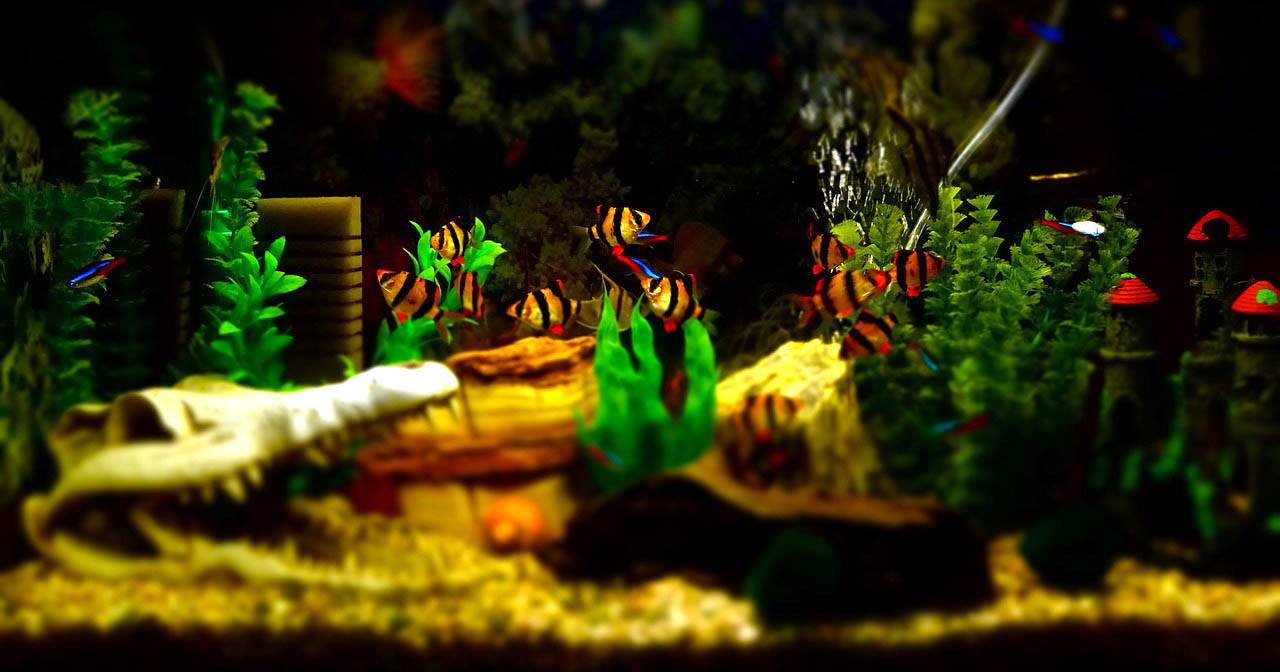


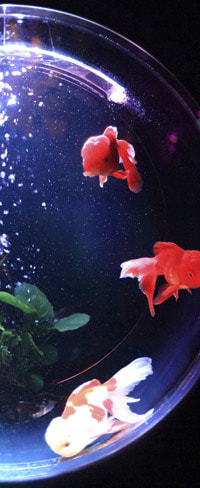



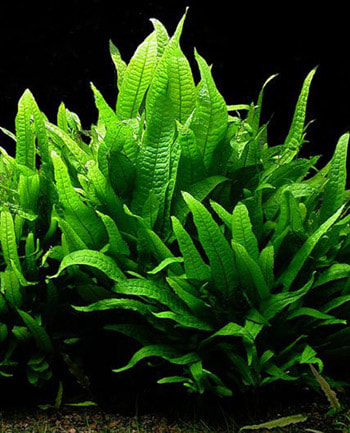
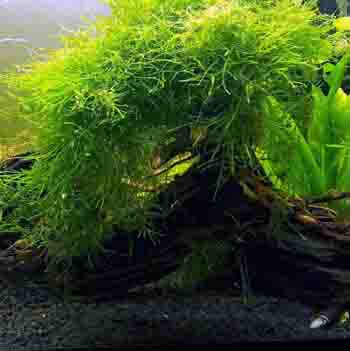
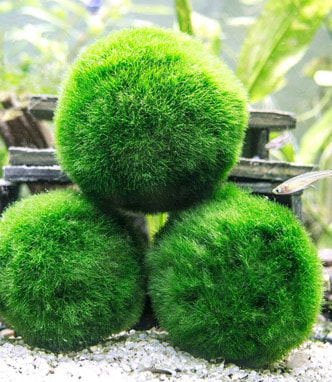
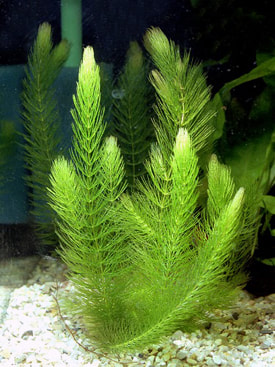
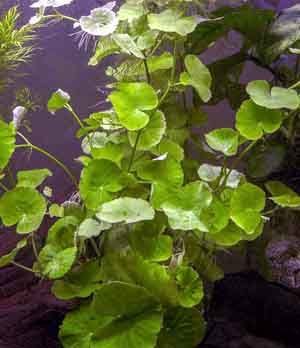

 RSS Feed
RSS Feed
